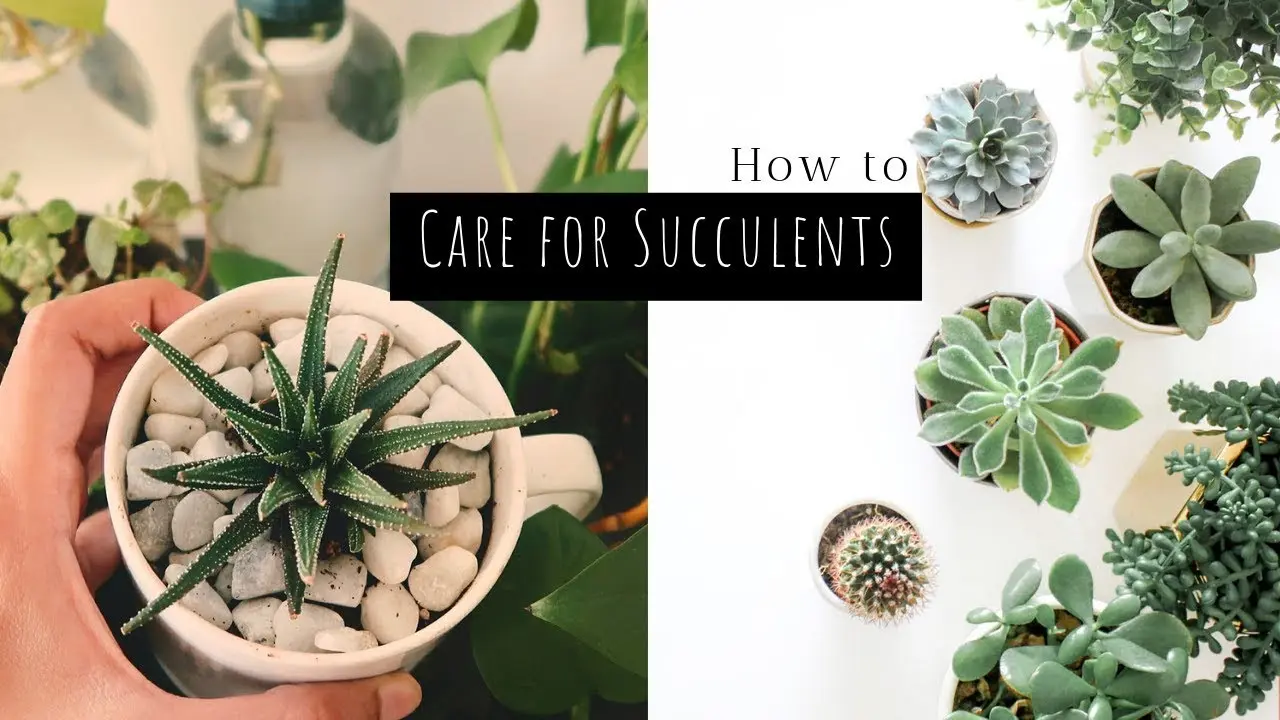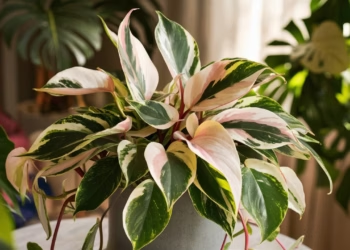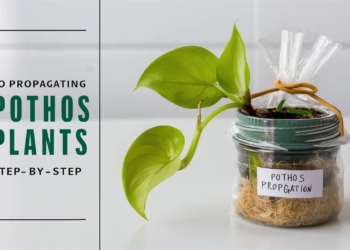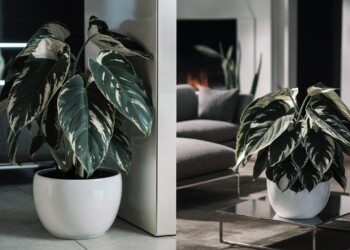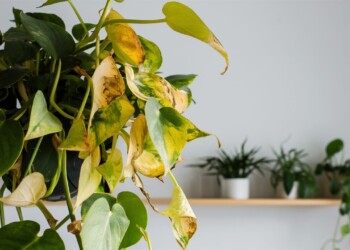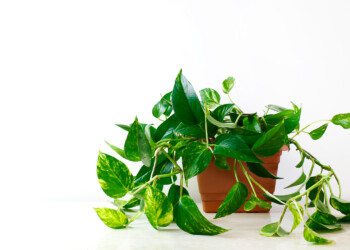Welcome, plant lovers, to the ultimate guide on how to care for a succulent plant indoors! Succulents are not just trendy decor; they’re resilient, low-maintenance companions that can brighten up any space. Whether you’re a seasoned plant parent or a newbie, this comprehensive guide will equip you with the knowledge and skills to nurture your succulents to perfection. From choosing the right potting mix to mastering watering techniques, we’ve got you covered. So, roll up your sleeves, grab your watering can, and let’s dive into the wonderful world of indoor succulent care!
Table of Contents
Choosing the Perfect Succulent
Before diving into care tips, let’s talk about selecting the perfect succulent for your indoor oasis. With so many varieties to choose from, it’s essential to pick one that suits your space and lifestyle. Here’s how:
- Assess Light Conditions: Determine the amount of sunlight your space receives. Different succulent species have varying light requirements, so choose accordingly.
- Consider Size: From dainty Echeverias to robust Aloe Veras, succulents come in all shapes and sizes. Consider the available space in your home when selecting a plant.
- Check Hardiness: Some succulents are more forgiving than others. If you’re new to indoor gardening, opt for hardy varieties like Jade Plants or Haworthias.
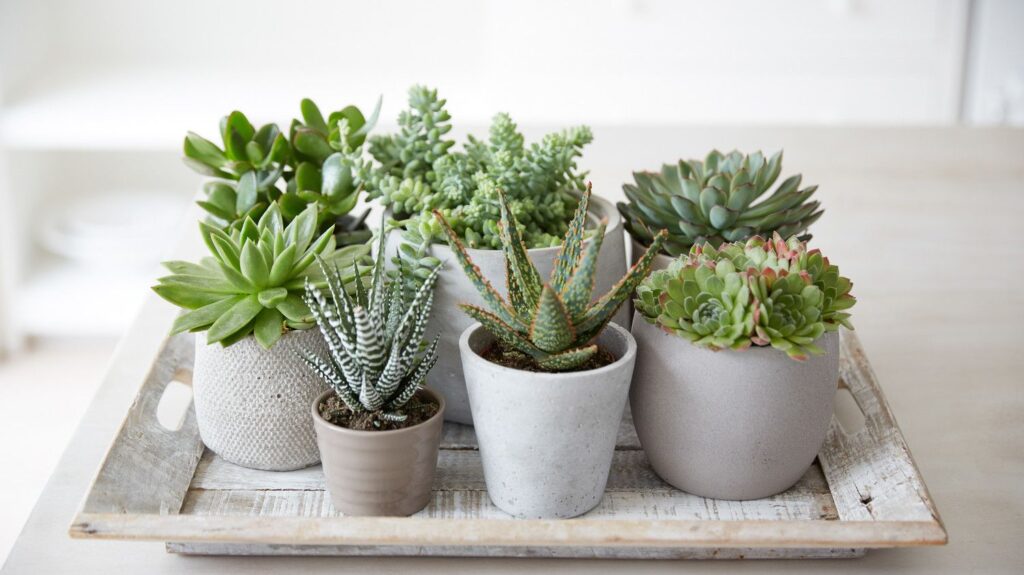
Potting Mix and Containers
Now that you’ve found your perfect succulent match, it’s time to set them up for success with the right potting mix and containers.
- Choose a Well-Draining Mix: Succulents despise soggy feet! Opt for a well-draining potting mix specifically formulated for cacti and succulents. You can also create your mix using equal parts potting soil, perlite, and coarse sand.
- Select the Right Container: The choice of containers profoundly influences the health and vitality of your indoor succulents. Glass containers, while aesthetically pleasing, pose challenges due to their lack of drainage and breathability, predisposing succulents to moisture-related ailments. Opt instead for containers with drainage holes, such as terra cotta or glazed ceramics, which promote proper airflow and moisture regulation. Ensure your succulents reside in pots that facilitate optimal root health, fostering robust foliage and stem development.
- Repotting Tips: If your succulent outgrows its container or the soil becomes compacted, it’s time to repot! Gently remove the plant from its current pot, shake off excess soil, and replant it in fresh, well-draining mix.
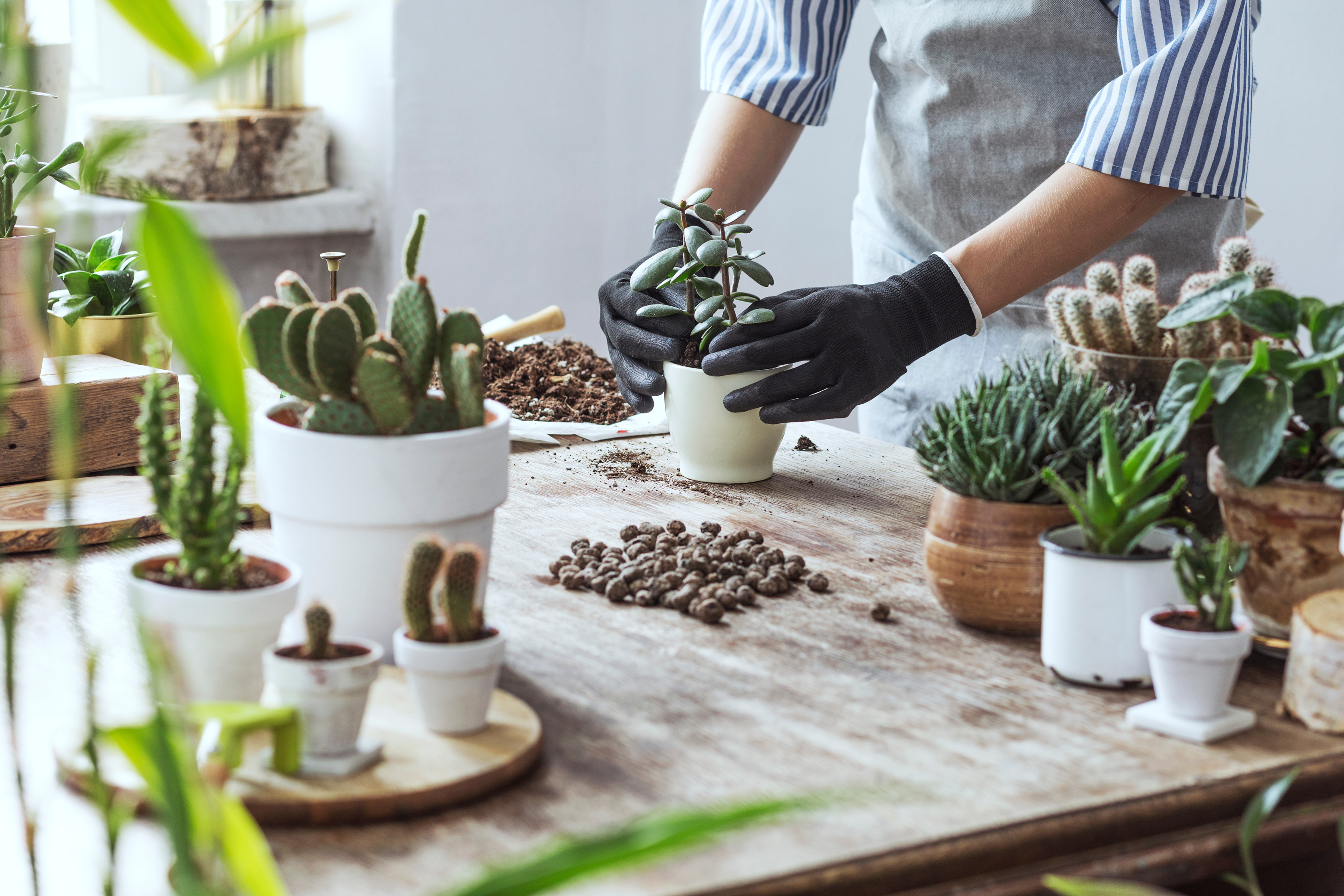
Watering Wisely: Succulent Water
Ah, the age-old question: How much and how often should I water my succulent? Watering is crucial for succulent care, but overwatering is the leading cause of demise for these desert darlings. Here’s how to water wisely:
- The Soak and Dry Method: Allow the soil to dry out completely between waterings. When it’s time to water, give your succulent a thorough soak until water drains from the bottom of the pot.
- Watch for Signs of Thirst: Pay attention to your succulent’s cues. If the leaves start to look wrinkled or puckered, it’s likely thirsty and in need of hydration.
- Seasonal Adjustments: Succulent watering needs may vary with th e seasons. During the active growing season (spring and summer), your plant may require more frequent watering than in the dormant winter months.
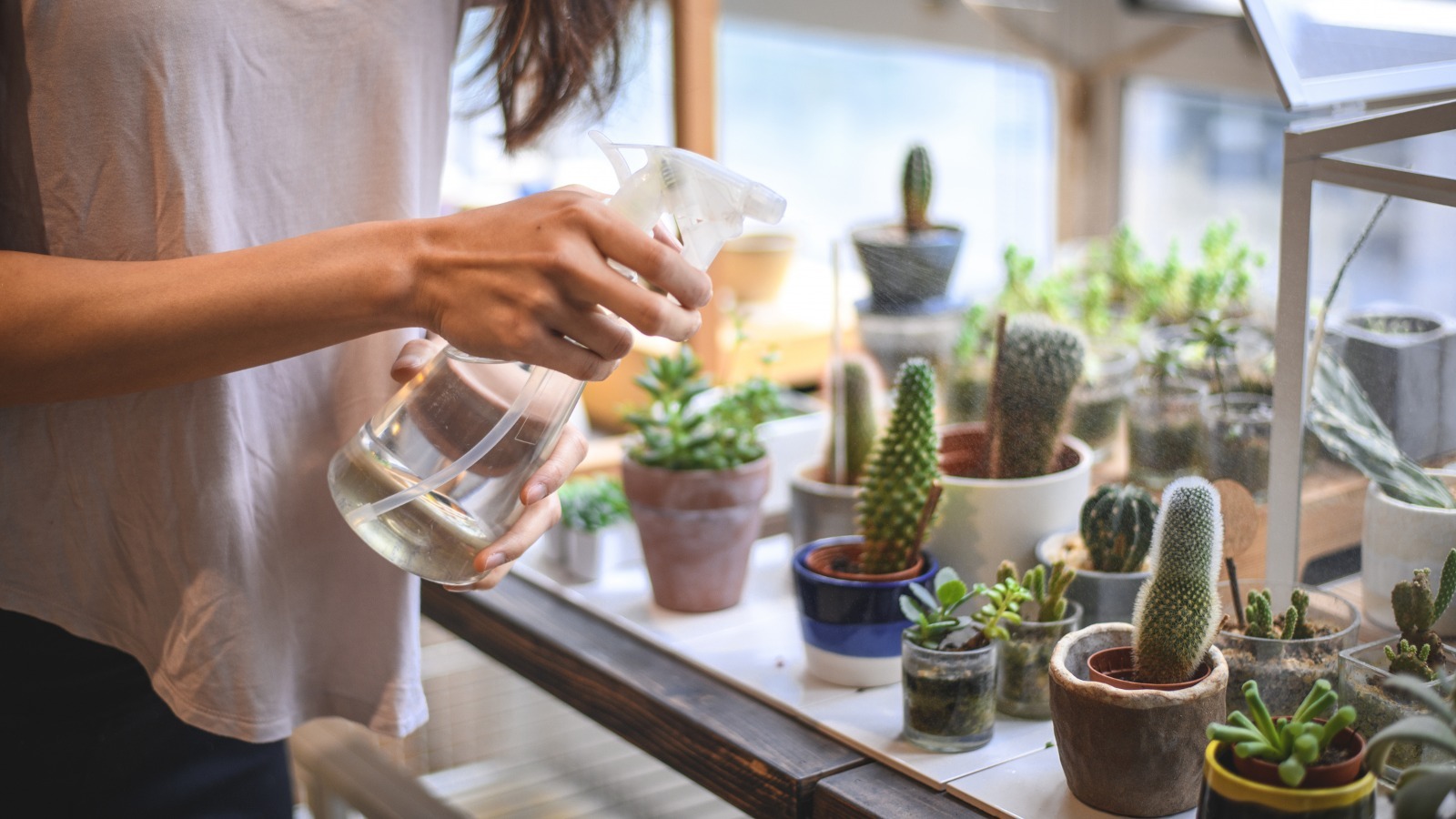
Providing Proper Lighting
Like all plants, succulents need light to thrive. However, finding the perfect balance of sunlight can be tricky, especially for indoor growers. Here are some lighting tips:
- Indirect Sunlight: Most succulents prefer bright, indirect sunlight. Place your plants near a south or west-facing window where they can bask in the sun’s gentle rays without the risk of sunburn.
- Rotate Regularly: To ensure even growth, rotate your succulents every few weeks to prevent them from leaning towards the light source.
- Supplemental Lighting: If natural light is limited in your space, consider investing in grow lights to provide your succulents with the illumination they need to thrive.
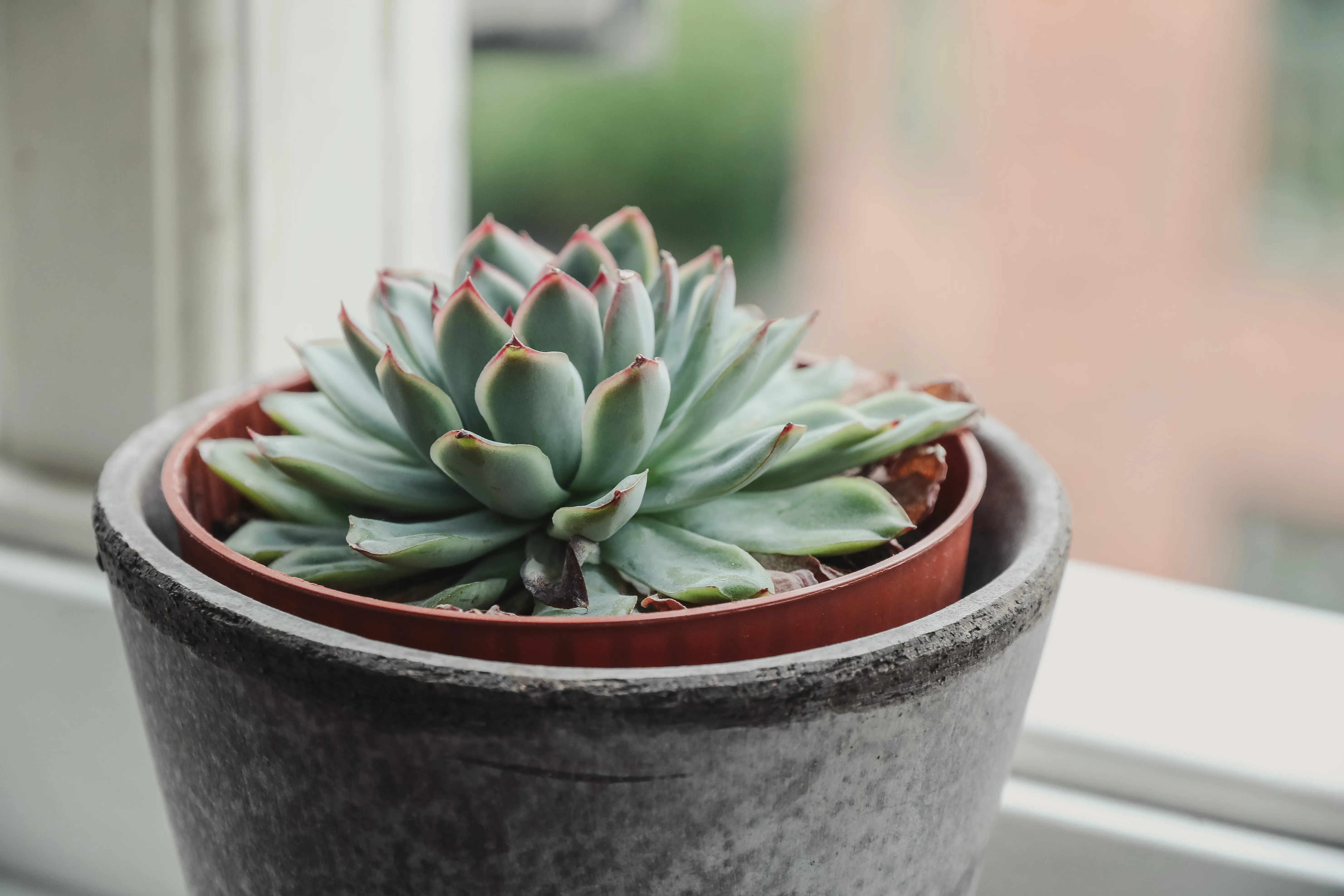
Preventing Pests and Problems
Even the most well-cared-for succulents can fall victim to pests and diseases. Stay one step ahead with these preventative measures:
- Inspect Regularly: Keep an eye out for signs of pests such as mealybugs, aphids, or spider mites. Early detection is key to preventing infestations.
- Maintain Airflow: Adequate airflow around your succulents can help deter pests and prevent fungal issues. Avoid crowding plants together and provide good ventilation in your home.
- Practice Good Hygiene: Remove dead or decaying leaves from the base of your succulents, as they can attract pests and harbor disease.
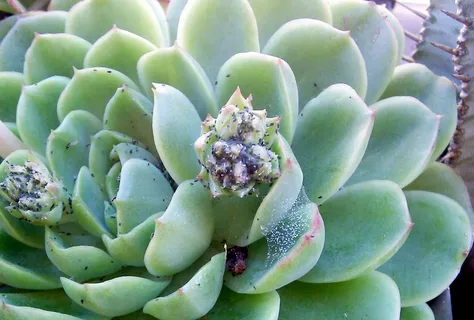
Congratulations! You’ve now mastered the art of indoor succulent care with our ultimate guide. Armed with the knowledge of choosing the perfect succulent, potting mix, watering techniques, lighting requirements, and pest prevention tips, your succulents are sure to thrive in their indoor oasis. Remember, every succulent is unique, so don’t be afraid to experiment and adjust your care routine based on your plant’s individual needs. Happy gardening!
FAQs
How do you keep succulents alive indoors?
- Provide Adequate Light:: Place succulents near a bright, sunny window where they can receive indirect sunlight for at least 6 hours a day. If natural light is insufficient, supplement with grow lights .
- Use Well-Draining Soil: Plant succulents in a well-draining potting mix to prevent waterlogging, which can lead to root rot. A mixture of potting soil and perlite or sand works well.
- Water Sparingly: Allow the soil to dry out completely between waterings. Stick to a consistent watering schedule, watering less frequently in winter when succulents are dormant .
- Avoid Overwatering: Succulents are drought-tolerant plants and are prone to rot if overwatered. Always err on the side of underwatering rather than overwatering.
- Monitor Temperature: Keep indoor temperatures above 50°F (10°C) as most succulents prefer warm conditions. Protect them from cold drafts and sudden temperature fluctuations
How often do you water succulents indoors?
Water indoor succulents every other week during non-winter months when temperatures are above 40°F. During winter, reduce watering frequency to prevent overwatering.
Do succulents need direct sunlight?
While succulents thrive in bright light, they don’t necessarily need direct sunlight. Most succulents do best in bright, indirect light, such as near a south or east-facing window. Direct sunlight can cause sunburn or leaf damage.
How do you take care of a succulent house plant?
Ensure proper drainage, provide sufficient light, and water sparingly. Use a well-draining potting mix and fertilize sparingly during the growing season. Regularly inspect for pests and remove dead leaves to maintain plant health.
Do succulents clean the air?
While succulents are not known for air purification like some other plants, they can still contribute to indoor air quality by producing oxygen and absorbing carbon dioxide. However, their primary benefits are aesthetic and in promoting relaxation.
Why are my succulents dying?
Succulents may die due to overwatering, insufficient light, poor drainage, or pest infestations. Ensure proper care by adjusting watering frequency, providing adequate light, and addressing any drainage issues. Monitor for signs of pests and treat promptly if detected .
